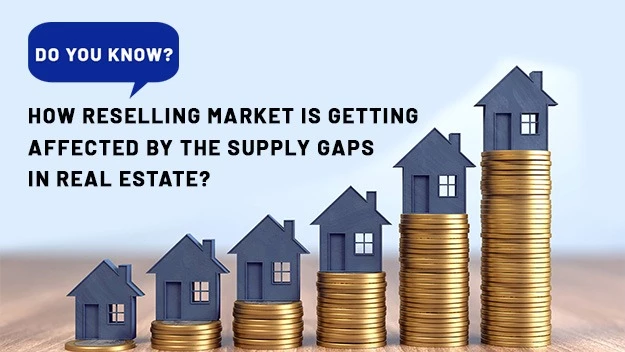
Even though the high dips on our roller coaster ride have been eliminated as of March of 2020, the journey is by no means over. When we consider the past, it is easy to see how significantly different the market-shifting event of COVID-19 was from other instances of the market correction. The debt capital markets have experienced tremendous volatility recently, notably in the public markets such as commercial mortgage-backed securities, mortgage REITs, and agencies. The performance of the company as well as the influence of changes in e-commerce, travel, and office use and demand will be the driving forces behind the number of non-current loans that return to current and viable loans on income-producing properties. The virus outbreak has had a significant negative impact on the real estate industry, which is one of the most vital and critical parts of the economy. This article will discuss the ways in which the lack of available housing inventory is having an impact on the resale real estate market.
According to new research, the delivery delays that plague India's housing sector have led to sixty percent of homebuyers now resorting to the resale market to purchase ready-to-move-in residences. This is because resale markets offer better deals. As a matter of fact, as a result of the difficulty in finding reasonably priced homes, approximately forty percent of purchasers are considering purchasing a second home or property for investment purposes.
It is still too soon to know if the housing market will be able to recover, despite the fact that prices may not be falling as precipitously as they did during the most recent recession. The pandemic caused by the coronavirus has caused us to enter a new normal in which the supply side of the equation is being influenced. Because more people are staying indoors, there are fewer purchasers coming out to view properties, which means that there is a smaller inventory of homes available. This translates into the fact that sellers are free to increase the price that they are asking for without worrying about losing out to other possible purchasers. Because they don't have to worry about competing with many offers, sellers also have an easier time locating buyers who are motivated to purchase their property. However, even though the buyer could be willing to pay more for the property, sellers aren't always going to get the price they want because purchasers aren't willing to spend more than usual.
The ratio of resales to primary transactions has improved from 1:1 to 2:1, according to data that was shared by a unicorn. This indicates that whereas previously only one house was sold in the resale market for every one house that was under construction, there are now two houses sold in the resale market for every one house that is under construction.
In point of fact, the average price per square foot (psf) of resale homes has climbed by 12 percent year-on-year, reaching Rs 3,500 psf, whilst the cost of construction has increased by 28 percent, reaching Rs 7,000 psf.
Due to the high share of investors among homebuyers, the resale-to-primary ratio in Delhi's neighboring cities of Gurugram in Haryana and Noida in Uttar Pradesh is significantly lower at 1.5:1.
Young families and persons over the age of 35 make up the majority of buyers in the resale market. This is due to the fact that the majority of buyers in the resale market are seeking for end-use rather than merely investment properties.
Homebuyers tend to favour resale properties on the market due to supply limits, particularly in well-developed and/or older communities where there are few opportunities for new development. Because there are so many new projects now under construction, up-and-coming neighborhoods will likely have a low percentage of homes that are on the market for resale compared to those that are being sold as primary residences. In general, neighborhoods that are located closer to the city centers will have a higher ratio of resale to main properties, and vice versa.
Homebuyers generally prefer to purchase a property in the resale market because, in the primary market, GST is applicable if the occupation certificate for the property has not been obtained, which is typically the case because the majority of primary properties that are currently available are still in the process of being constructed. In addition, buyers in the resale market have a lower risk of having their possessions held up for an extended period of time.